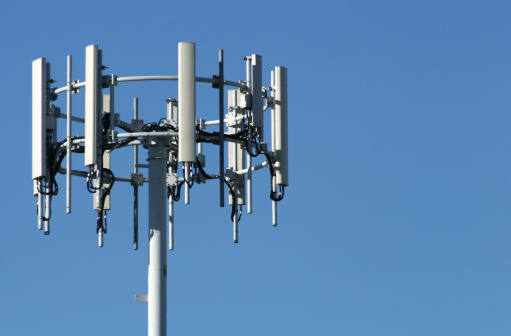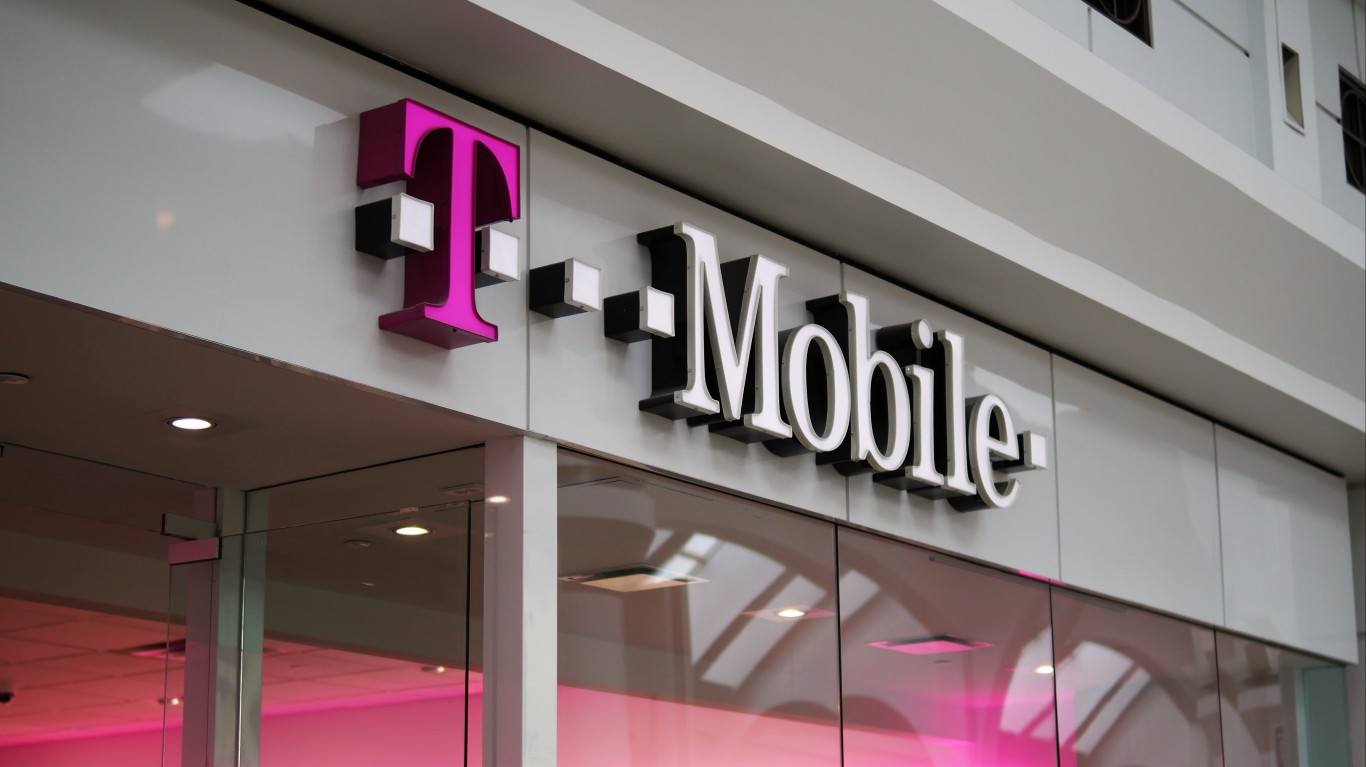Telecom doesn’t look too good these days. From the market leaders to the market laggards, everyone seems to either be spending more and more to make less and less, or in the worst case, just losing money year after year after year.
While leaders AT&T Inc. (NYSE: T) and Verizon Communications Inc. (NYSE: VZ) look set to keep the top two spots in the near term, the amount of money they are spending in order to maintain those positions may at some point cause a major shake-up. The two have been vacillating in the mid-30% range in terms of market share for years, with Sprint Corp. (NYSE: S) slowly shrinking and T-Mobile US Inc. (NYSE: TMUS) gradually clawing its way up with its acquisition of Metro PCS from 10% to 15% since 2011.
In order to see exactly what is going on, we need to move back a few years and plot some trends. First of all, the amount debt taken on by all four companies over the last five to seven years is simply staggering. With interest rates so low, who can blame them? But they cannot stay low forever and the cost of servicing all that debt is rising, and will keep rising, especially while we are on the verge of the first Federal Reserve interest rate hike in a decade.
AT&T, for example, has increased its debt load 33% since 2012 to $88 billion. And to show for it, the giant has half as much earnings as it had in 2007, with an anemic 11% increase in revenue. Gross margins are 5% lower, administrative expenses 6% higher as a percentage of revenue, and debt to equity has crossed 50%, with 33% of that increase coming in just the past year alone.
ALSO READ: 5 Key Analyst Stock Picks With 50% or More Upside
Right now this is all manageable, but if turmoil starts to develop in the debt markets, the telecom leader could find itself needing to scale back in order to maintain some balance on its balance sheet.
Verizon is a similar story. Debt is up a whopping 135%, all in two years, with debt to equity now pushing 54% from 33% back at the end of the 2008. Despite all the new debt taken on, earnings are still down 9% compared to 2007.
While it is to a degree unfair to accuse two market leaders of a lack of growth, the amount of money they are spending just to maintain the status quo is nevertheless alarming.
Of the two laggards, T-Mobile and Sprint, Sprint is just a continuing basket case, with T-Mobile slowly gaining traction. Judging by the same metrics, Sprint’s debt to equity is a dangerously high 172%. Though this is lower than the 189%, it had before the financial crisis, it is still unsustainably high. Even at historically low interest rates, it is barely serviceable, as we see with Sprint’s consistent losses, and any normalization of interest rates could very well destroy the company or put it into bankruptcy.
If any telecom company has any shot at significantly eating into the market share of the two leaders, it is T-Mobile. Of the four, it is the only one actually growing, with earnings up 66% since 2008. Like both of its market-leading competitors, debt has skyrocketed 420% during the same time period, but at 60% debt to equity, it is still a manageable debt load. If T-Mobile can protect itself with sufficient swaps to guard itself against rising interest rates, it may be in a position to catch up substantially. It already has managed to increase its market share by 50% in four years, from 10% in 2011 to 15% today.
ALSO READ: The 6 Stocks Punishing the Dow in 2015
Of course, that growth is mainly because it acquired Metro PCS two years ago, rather than any taking of AT&T or Verizon market share. But if T-Mobile’s earnings growth continues and it plays it safe with its current debt load by keeping it fixed, it could start to see just that.
Take Charge of Your Retirement In Just A Few Minutes (Sponsor)
Retirement planning doesn’t have to feel overwhelming. The key is finding expert guidance—and SmartAsset’s simple quiz makes it easier than ever for you to connect with a vetted financial advisor.
Here’s how it works:
- Answer a Few Simple Questions. Tell us a bit about your goals and preferences—it only takes a few minutes!
- Get Matched with Vetted Advisors Our smart tool matches you with up to three pre-screened, vetted advisors who serve your area and are held to a fiduciary standard to act in your best interests. Click here to begin
- Choose Your Fit Review their profiles, schedule an introductory call (or meet in person), and select the advisor who feel is right for you.
Why wait? Start building the retirement you’ve always dreamed of. Click here to get started today!
Thank you for reading! Have some feedback for us?
Contact the 24/7 Wall St. editorial team.



